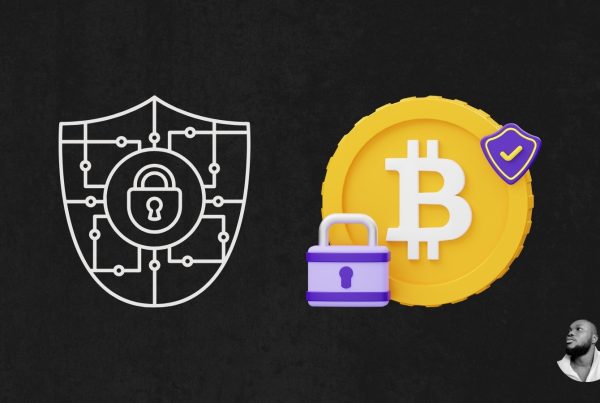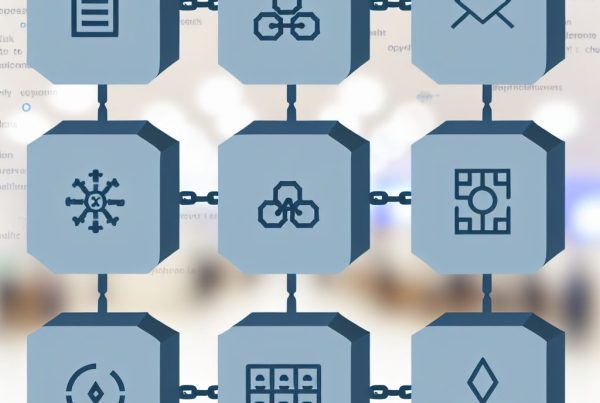How to Simulate a Transaction in the Cryptocurrency Industry
The cryptocurrency industry has revolutionized the way we think about transactions, offering a decentralized and secure method for transferring value. Simulating a transaction can be an invaluable tool for developers, traders, and enthusiasts alike. This article will guide you through the process of simulating a cryptocurrency transaction, covering essential concepts, tools, and practical applications.
Understanding Cryptocurrency Transactions
Before diving into the simulation process, it’s crucial to understand what a cryptocurrency transaction entails. A transaction in the crypto world is a transfer of value from one wallet to another, recorded on a blockchain. Each transaction includes:
- Sender’s Address: The public key of the wallet sending the funds.
- Receiver’s Address: The public key of the wallet receiving the funds.
- Amount: The quantity of cryptocurrency being transferred.
- Transaction Fee: A fee paid to miners for processing the transaction.
- Signature: A cryptographic signature that verifies the sender’s identity.
Understanding these components is essential for simulating a transaction accurately.
Why Simulate a Transaction?
Simulating a transaction can serve various purposes, including:
- Testing Smart Contracts: Developers can test the functionality of smart contracts without risking real funds.
- Learning Tool: Beginners can learn how transactions work without the fear of making costly mistakes.
- Performance Analysis: Traders can analyze transaction speeds and costs under different network conditions.
Tools for Simulating Cryptocurrency Transactions
Several tools and platforms can help you simulate cryptocurrency transactions effectively. Here are some of the most popular options:
1. Testnets
Testnets are alternative blockchain networks that allow users to experiment without using real cryptocurrency. Popular testnets include:

- Ethereum Ropsten: A testnet for Ethereum that mimics the main network.
- Bitcoin Testnet: A testnet for Bitcoin transactions.
- Binance Smart Chain Testnet: For testing transactions on the Binance Smart Chain.
Using testnets, you can create wallets, send transactions, and interact with smart contracts without financial risk.
2. Blockchain Explorers
Blockchain explorers like Etherscan and Blockchain.com Explorer allow users to view transaction details on the blockchain. They can be useful for verifying simulated transactions.
3. Simulation Software
There are various software tools designed specifically for simulating cryptocurrency transactions. Some popular options include:
- Ganache: A personal Ethereum blockchain for testing.
- Truffle Suite: A development environment for Ethereum that includes testing tools.
- Remix IDE: An online tool for developing and testing smart contracts.
Steps to Simulate a Cryptocurrency Transaction
Now that you have a grasp of the tools available, let’s walk through the steps to simulate a cryptocurrency transaction.
Step 1: Set Up a Wallet
To simulate a transaction, you first need a cryptocurrency wallet. You can create a wallet on a testnet using platforms like MetaMask or Trust Wallet. Follow these steps:
- Download and install the wallet application.
- Create a new wallet and securely store your seed phrase.
- Switch to the testnet network in your wallet settings.
Step 2: Acquire Testnet Tokens
Once your wallet is set up, you’ll need testnet tokens to simulate transactions. You can obtain these tokens from a faucet. For example:
- Visit a testnet faucet like Ropsten Faucet.
- Enter your wallet address and request tokens.
Step 3: Create a Transaction
With testnet tokens in your wallet, you can now create a transaction. Here’s how:
- Open your wallet application.
- Select the option to send tokens.
- Enter the recipient’s address and the amount of tokens to send.
- Review the transaction details and confirm.
Step 4: Monitor the Transaction
After submitting the transaction, you can monitor its status using a blockchain explorer. Enter your transaction ID to see if it has been confirmed.
Real-World Applications of Transaction Simulation
Simulating transactions is not just an academic exercise; it has real-world applications in various sectors:
1. Financial Services
Financial institutions are increasingly adopting blockchain technology. By simulating transactions, they can test new products and services without exposing themselves to risk. For instance, JPMorgan has utilized blockchain simulations to streamline cross-border payments.
2. Supply Chain Management
Companies like IBM are using blockchain to enhance supply chain transparency. By simulating transactions, they can identify bottlenecks and optimize processes before implementing them in the real world.
3. Gaming
The gaming industry is leveraging blockchain for in-game transactions. Developers can simulate transactions to ensure that virtual economies function smoothly, as seen in games like Axie Infinity.
Challenges in Simulating Cryptocurrency Transactions
While simulating transactions can be beneficial, there are challenges to consider:
- Network Congestion: Testnets can experience congestion, affecting transaction speeds.
- Realism: Simulated environments may not perfectly replicate real-world conditions.
- Security Risks: Even in test environments, security vulnerabilities can exist.
Frequently Asked Questions (FAQs)
What is a cryptocurrency transaction?
A cryptocurrency transaction is a transfer of digital assets from one wallet to another, recorded on a blockchain.
Why should I simulate a transaction?
Simulating a transaction allows you to test and learn about cryptocurrency transactions without financial risk.
What tools can I use to simulate transactions?
You can use testnets, blockchain explorers, and simulation software like Ganache and Truffle Suite.
Are testnet tokens real cryptocurrency?
No, testnet tokens are not real and cannot be used outside of the testnet environment.
Can I simulate smart contract transactions?
Yes, you can simulate smart contract transactions using tools like Remix IDE and Truffle Suite.
Conclusion
Simulating a transaction in the cryptocurrency industry is a powerful way to understand how digital assets move across networks. By utilizing testnets, blockchain explorers, and simulation software, you can gain valuable insights into the mechanics of cryptocurrency transactions. Whether you are a developer testing smart contracts or a trader analyzing market conditions, mastering transaction simulation is essential in today’s crypto landscape.
For the latest news and updates in the cryptocurrency world, consider visiting Bitrabo. You can also follow me on social media for more insights: X, Instagram, and Threads.
Disclaimer: This article is for informational purposes only and should not be considered financial advice. Always do your own research before making investment decisions.
The Crypto Watchlist of the Week 🔎
Subscribe to receive expert-curated projects with real potential—plus trends, risks, and insights that matter. Get handpicked crypto projects, deep analysis & market updates delivered to you.


